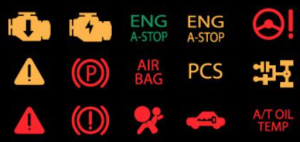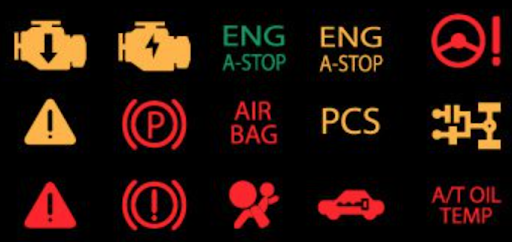
If you want to avoid any potential vehicle problems, then you will want to know more about your vehicle’s dashboard warning lights. These lights will warn you of potential issues that can save you from vehicle breakdowns. Here, we will detail and explain some of the most important dashboard warning lights in your vehicle.
Engine Warning Light (Check Engine Light)

Perhaps one of the most common lights you will see on your dashboard is known as the check engine light or the engine warning light. This signal will tell you that there is a potential issue with your vehicle’s engine. The exact cause of a check engine light can vary. For instance, you can simply have a loose gas cap that can cause a check engine light to illuminate. On the other hand, you can have more serious issues such as a potential problem with the vehicle’s emission system.
Battery Warning Light
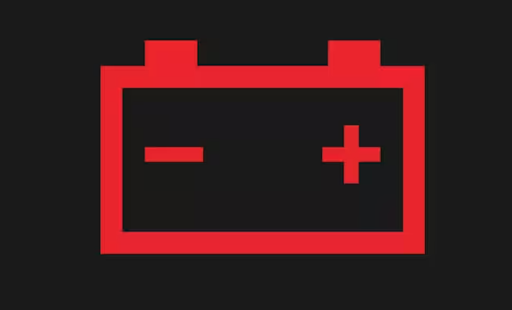
When you see the battery warning light, then you may have an issue that will affect some part of your vehicle’s electrical system. Some of the causes of a battery warning light can include a faulty alternator, a worn-out serpentine belt, or a dying battery. When the battery light comes on, be sure to check the previously listed areas to quickly troubleshoot the issue.
Oil Pressure Warning Light
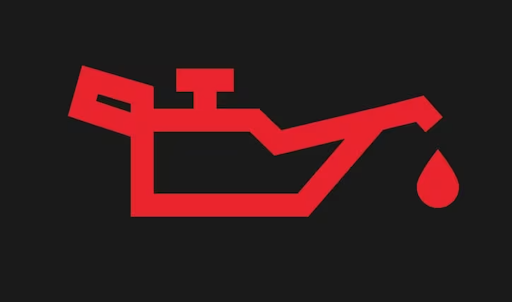
Another common dashboard light is the oil pressure warning light. You will usually see this light come on if your vehicle has low levels of oil or a malfunctioning oil pump. It’s important to always quickly address oil pressure issues since your vehicle’s engine is being directly affected.
Coolant Temperature Warning Light
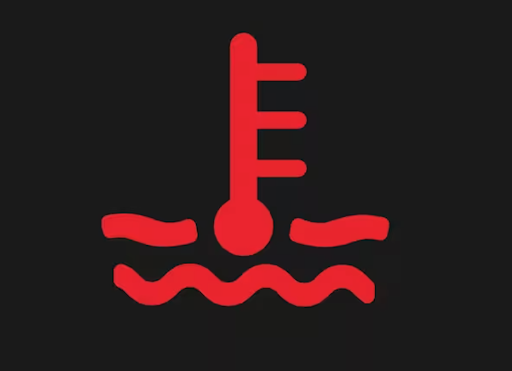
You never want to get stuck on the side of the road. Therefore, you should always be mindful of the coolant temperature warning light. This light usually looks like a thermometer and tells you that your vehicle’s engine may be overheating. The source of this issue could include a coolant leak or an issue with the water pump. If you see the coolant temperature light come on, then it is important that you pull over and allow your vehicle’s engine to cool down.
Brake System Warning Light
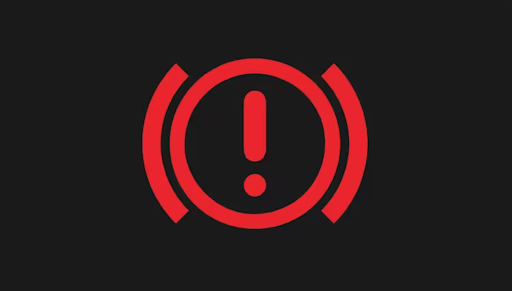
Perhaps one of the most important warning lights is your vehicle’s brake system warning light. When you see this light, then your vehicle may have an issue with its low brake fluid levels, worn brake pads, or a malfunction in the anti-lock braking system (ABS). You must address any issues with your vehicle’s braking system and avoid driving your vehicle until this warning light is no longer an issue.
ABS Warning Light
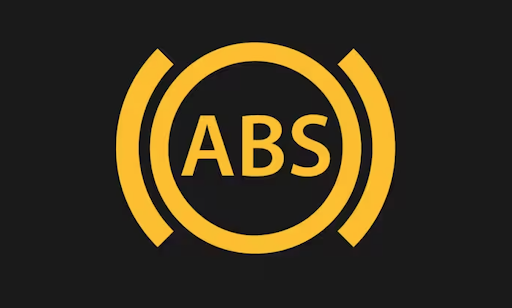
If your vehicle has anti-lock brakes, then you may see an ABS warning light if your vehicle’s ABS is not working. This can be a serious issue because your ABS may not work in an emergency. If you see this warning light, then take your vehicle to your preferred service center to resolve the issue.
Tire Pressure Monitoring System (TPMS) Warning Light

Your vehicle’s tires must maintain proper tire pressure. If one or more of your tires have lower than acceptable tire pressure, then the TPMS will warn you. If the light comes on, then you have your tire pressure checked right away.
Airbag Warning Light

If your vehicle’s airbags are not working properly, then your vehicle’s Airbag Warning Light will turn itself on. At this point, you will want to take your vehicle to a service center to check on the source of the issue. This will ensure that your vehicle’s airbags will deploy when needed.
Transmission Temperature Warning Light

If your vehicle’s transmission is overheating, then the Transmission Temperature Warning Light will let you know. It is important to have your vehicle’s transmission in proper condition to avoid a total vehicle breakdown. If this light comes on, pull over to the side of the road to allow your transmission the chance to cool down.
Knowing Your Vehicle’s Dashboard Warning Lights
Your vehicle’s car dashboard signs will help warn you of potential issues with your vehicle. Whether your check engine light or brake system light comes on, be sure to take every warning seriously. This will help ensure proper operation of your vehicle for years to come.
Frequently Asked Questions
You may have some additional questions about your vehicle’s dashboard lights. Here’s a look at the answers to the most frequently asked questions.
The following vehicle warning lights can be found on most vehicles:
- Check Engine Light (Engine Warning Light): Warns of issues with the vehicle’s engine.
- Battery Warning Light: Warns of issues with your vehicle’s battery or charging capability.
- Oil Pressure Warning Light: Warns that your vehicle’s oil level may be low.
- Coolant Temperature Warning Light: Warns that your vehicle may be overheating.
- Brake System Warning Light: Let you know about issues with your vehicle’s brakes.
- ABS Warning Light: Warns that your vehicle’s anti-lock braking system may have issues.
- TPMS Warning Light: Indicates low tire pressure.
- Airbag Warning Light: There may be an issue with your vehicle’s airbags.
- Transmission Temperature Warning Light: High temperatures in your vehicle’s transmission.
Most vehicles will have the following dashboard warning lights: Check Engine Light, Battery Warning Light, Oil Pressure Warning Light, Coolant Temperature Warning Light, Brake System Warning Light, ABS Warning Light, TPMS Warning Light, Airbag Warning Light, TCS or Stability Control Warning Light, and Transmission Temperature Warning Light.
Warning lights related to your vehicle’s engines will require immediate attention. That includes the Oil Pressure Warning Light and Coolant Temperature Warning Light.
The ABS light warns that your vehicle’s Anti-Lock braking System needs immediate attention. If your vehicle’s ABS light comes on, then take your vehicle to a service center right away.
ESP stands for Electronic Stability Program. ABS stands for Anti-Lock Braking System. ESP allows for better stability while turning into corners. ABS prevents wheel lock-up during braking. All brake system light warnings should be taken seriously.
The three main warning lights include the Check Engine Light (engine-related issues), the Battery Warning Light (charging system issues), and the Oil Pressure Warning Light (indicating low oil pressure).


